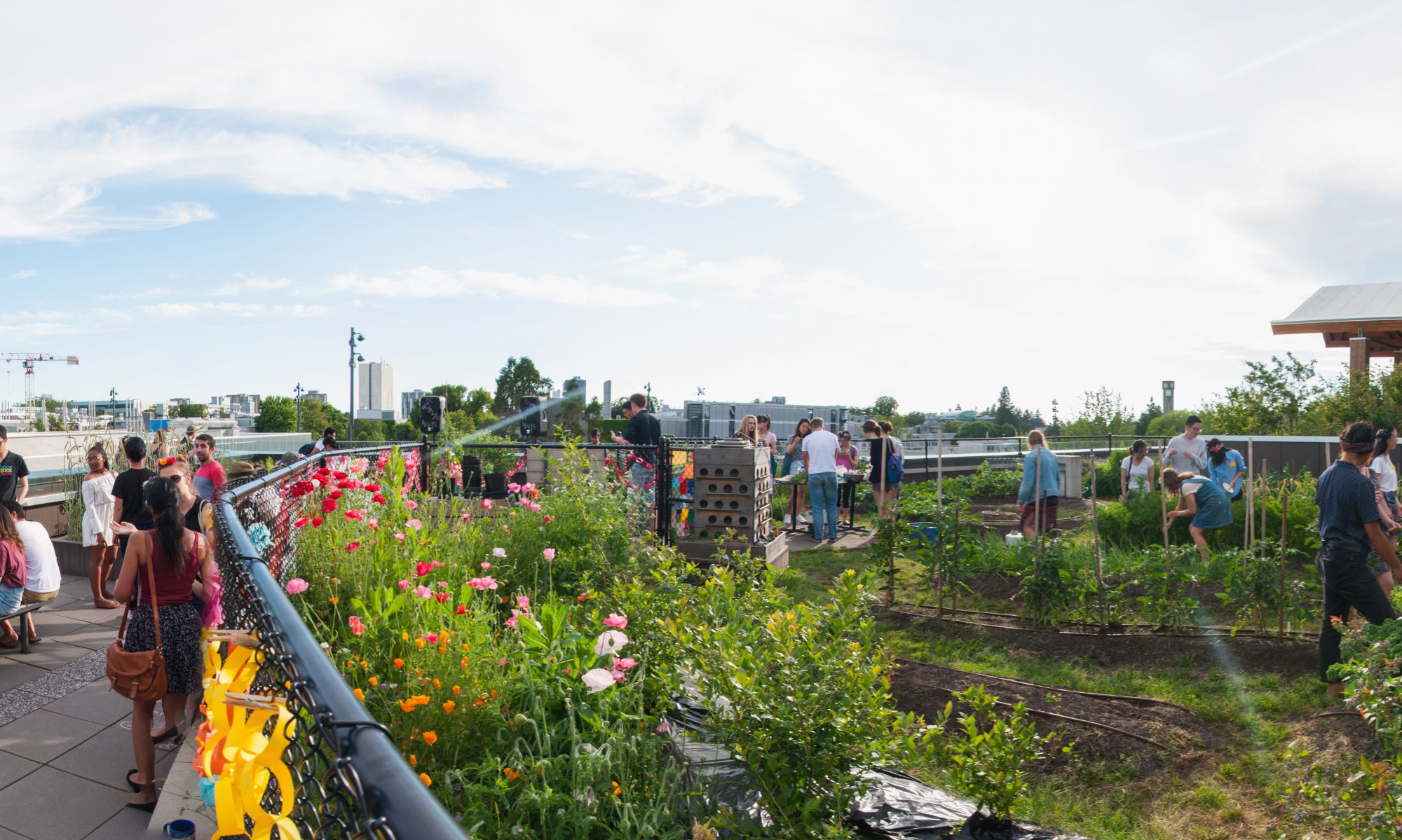Growing edible plants is the most rewarding type of gardening, in my opinion. For each crop, make sure to look up your climate zone and read seed packets to determine specific planting and harvest dates. Vegetables will either be cool season or warm season, depending on their preferred temperatures. However, the growing season for each pant can vary quite a bit depending on the cultivar and the region where it’s grown, so do a bit of research on your chosen variety and your region. It’s also smart to keep notes over time on how your plants perform and adjust your planning each year.
Cruciferous vegetables are typically identifiable by their four petaled flowers. These vegetables are known for their health benefits, including both soluble and insoluble fiber, potassium, selenium, vitamins B9 and C, as well as cancer fighting phytochemicals.
Nightshades are known for their nutrient density and flavor. They are an excellent source of Vitamins A and C, fiber, manganese, and antioxidants. However, avoid eating unripe tomatoes and green potatoes, as they contain solanine, a natural insect repellent that can cause irritation in large quantities.
Alliums include onions and garlic, and many other edible plants known not only for their strong aroma and flavor, but also a host of health benefits. They are an excellent source of phytochemicals known to prevent inflamation and even cancer, as well as prebiotic compounds.
Root vegetables are plants that grow the edible portion underground, such as carrots. Their carbohydrate content can be counted on to deliver high energy along side high nutrition. These roots are loved for their vitamin A, calcium, and potassium. Potatoes are also a root vegetable, but they have been listed under “nightshades.”
Leafy greens are delicious and come in wide variety. These plants are some of the easiest to grow and harvest, as well as being packed with fiber, vitamins K, A, B9, and C, as well as antioxidants.
Legumes are most popular for being an amazing source of vegetarian protein, but also pack fiber, B vitamins, iron, calcium, potassium, phosphorous, and zinc. They’re not only great for you, but also for your garden. These plants will transfer nitrogen from the atmosphere into the ground, making your garden more fertile. These plants are crucial for the health of your soil.
Cucurbits are in the gourd family and are prized for their fleshy interior and high water content. Aside from water, these refreshing veggies are a source of vitamin C, B6, and riboflavin. Some of these plants are also a source of fiber and carbohydrates.
Stem vegetables are grown for their edible stems full of fiber, vitamin B9, K, C, antioxidants, flavor and a crispy texture. For the purposes of this article we’ve also included corn, a member of the grass family, in this group.
Berries are my personal favorite garden treat. These plants are perennials, meaning they only need to be planted once and increase their yield year after year. The colorful fruit are rich in antioxidants, vitamins, and cancer fighting nutrients.
Vine fruit are also perennials and are often grown for ornamental purposes over porches, gates, and trellises. These plants aren’t just beautiful, but will also produce plentiful and delicious fruit.


